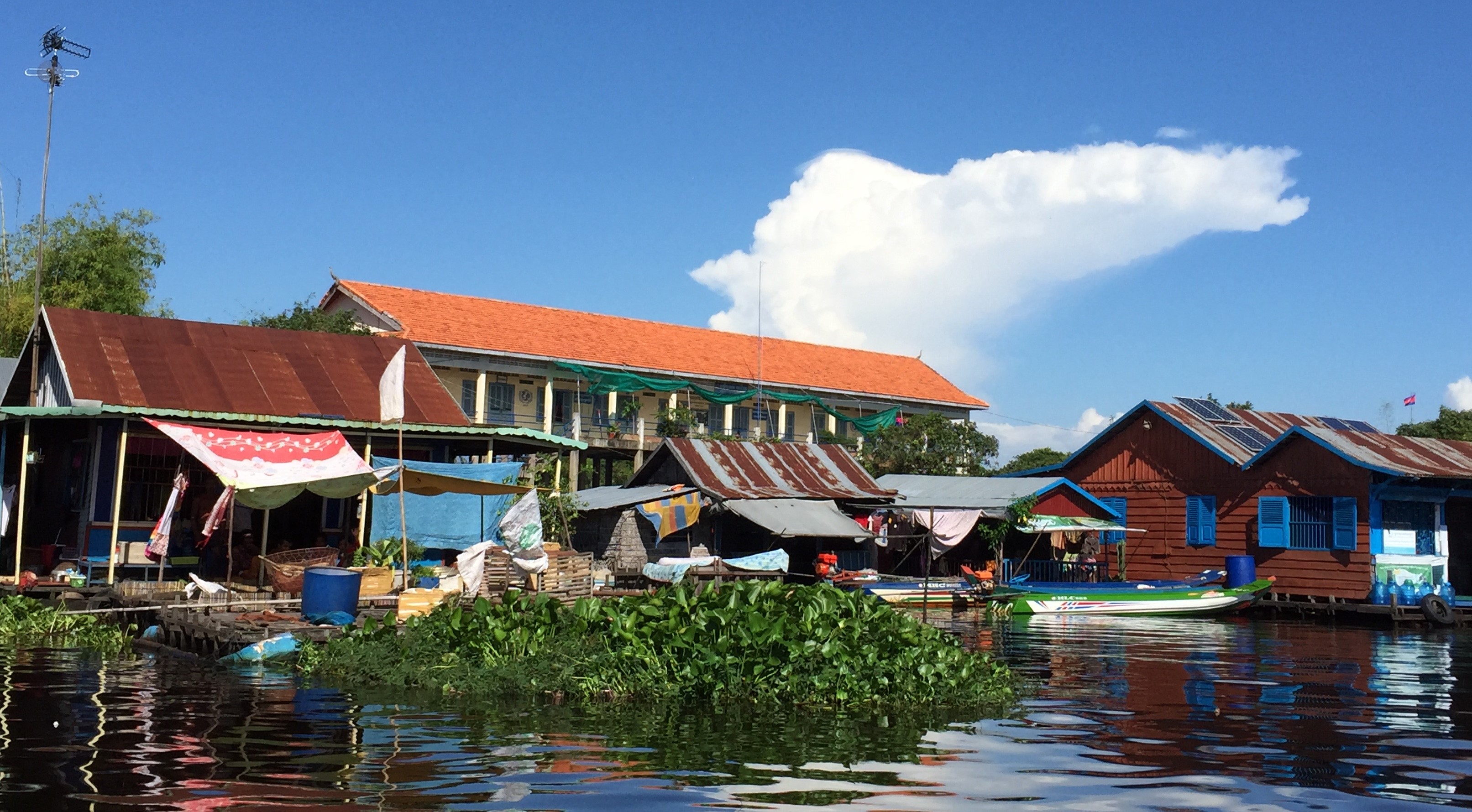How hydropower dams impact the communities they're built in
March 3, 2022 - Liz Schondelmayer
Over the last two decades, almost 1,000 hydropower dams have been built around the globe. And while these dams provide many benefits to farmers, wildlife and the climate, the costs of their construction on local communities where they are built has largely been left out of the conversation - that is, until now.
 Led by Dr. Peilei Fan (pictured left), a team of six Michigan State University social scientists - including doctoral student Myung Sik Cho, Drs. Zihan Lin, Jiaguo Qi, Jiquan Chen and Emilio Moran - and Stanford University researcher Dr. Zutao Ouyang found that despite the overall positive impact that hydropower dams have on the globe and countries as a whole, communities in the immediate areas surrounding dams often experience worse economic conditions, population relocation and/or a loss of green spaces due their construction.
Led by Dr. Peilei Fan (pictured left), a team of six Michigan State University social scientists - including doctoral student Myung Sik Cho, Drs. Zihan Lin, Jiaguo Qi, Jiquan Chen and Emilio Moran - and Stanford University researcher Dr. Zutao Ouyang found that despite the overall positive impact that hydropower dams have on the globe and countries as a whole, communities in the immediate areas surrounding dams often experience worse economic conditions, population relocation and/or a loss of green spaces due their construction.
For this research, the team analyzed 631 hydropower dams, all built since 2001 and commissioned before 2015, across five regions: Africa, Asia, Europe, North America and South America. The study, published in the Proceedings of National Academy of Sciences (PNAS), highlights a need to address these disparities to reduce harm to local communities in the surrounding areas.
Dr. Fan was inspired to lead this research after visiting two separate areas where dams were recently constructed, and seeing the sudden change that was inflicted on surrounding local people. One was a 2015 visit to Tonle Sap Lake in Cambodia, and the other was a 2018 visit to the Mekong River Basin in Laos.
"The residents, relocated several years ago, seemed to have a better life than before, but they were still anxious and uncertain about their future," Fan reflected. "Talking to the people whose lives have been changed because of the dam construction made me realize that most existing evaluations are mostly case studies on large dams, and there lacks a comprehensive analysis at a global scale, including small- and medium-sized dams."
Hydropower dams pose numerous potential benefits, such as helping to reduce the impact of flooding and droughts, providing water to farmlands, allowing for easier transportation and providing energy production. However, these benefits are accompanied by negative consequences such as the displacement of local populations and damage to surrounding ecosystems.
For example, the study shows that the construction of hydroelectric dams was associated with less economic development or decreased population in nearby areas (within 50 kilometers of the dam) in the Global South (including Africa, Asia and South America). Additionally, the construction often destroys local greenspaces within 50 kilometers of the dam, either as the result of deforestation for the sake of the dam's construction or for the creation of agricultural land that can be irrigated by the dam after it is built.
For Fan, these findings highlight a need for further research and policy recommendations to protect local communities from harm - especially relocation.
"In general, a humane approach towards assisting relocated populations is needed," Dr. Fan explained. "This can be improving the capacity of local communities to negotiate their benefits with the constructor of the dams; helping relocated residents integrate and assimilate into their new destination communities while maintaining their previous social network and support system; or creating new job opportunities to compensate for the loss of their lands and source of livelihood."
In the future, Dr. Fan hopes to expand on this research by exploring the political and economic forces driving the construction of hydroelectric dams, as well as alternative energy solutions that can produce similar benefits without the negative consequences associated with these dams.
"There is also a need to understand the political ecology of dam construction, the influence of global investors, and the combined impacts of dam construction, climate change and land transitions," said Dr. Fan. "I am also curious if there are alternative or better ways for energy production, rather than hydropower, for different regions of the Global South."
 Floating village on Tonle Sap Lake, Cambodia.
Floating village on Tonle Sap Lake, Cambodia.
The water level of the lake changed dramatically in recent years due the combined impacts of climate change, land transitions, and dam constructions in the region, affecting agriculture, fishery, and the ecosystem that the local people rely on for their livelihood. Photo taken by Peilei Fan in November 2015.
Find the full research article here, and read more about Dr. Fan here.

